Butternut squash has the loveliest mild and distinct flavor. It can be eaten all by itself, as a side dish, added to salads, or made into a delicious soup. Like a pumpkin or sweet potato, butternut squash is pretty versatile. If you don’t have much experience with it, this recipe is awesome and will help you get more familiar with this seasonal favorite. You can enjoy this all by itself and really get a good idea about its flavor. There are also some recommendations here for how you can pair that flavor up with both sweet and savory options.
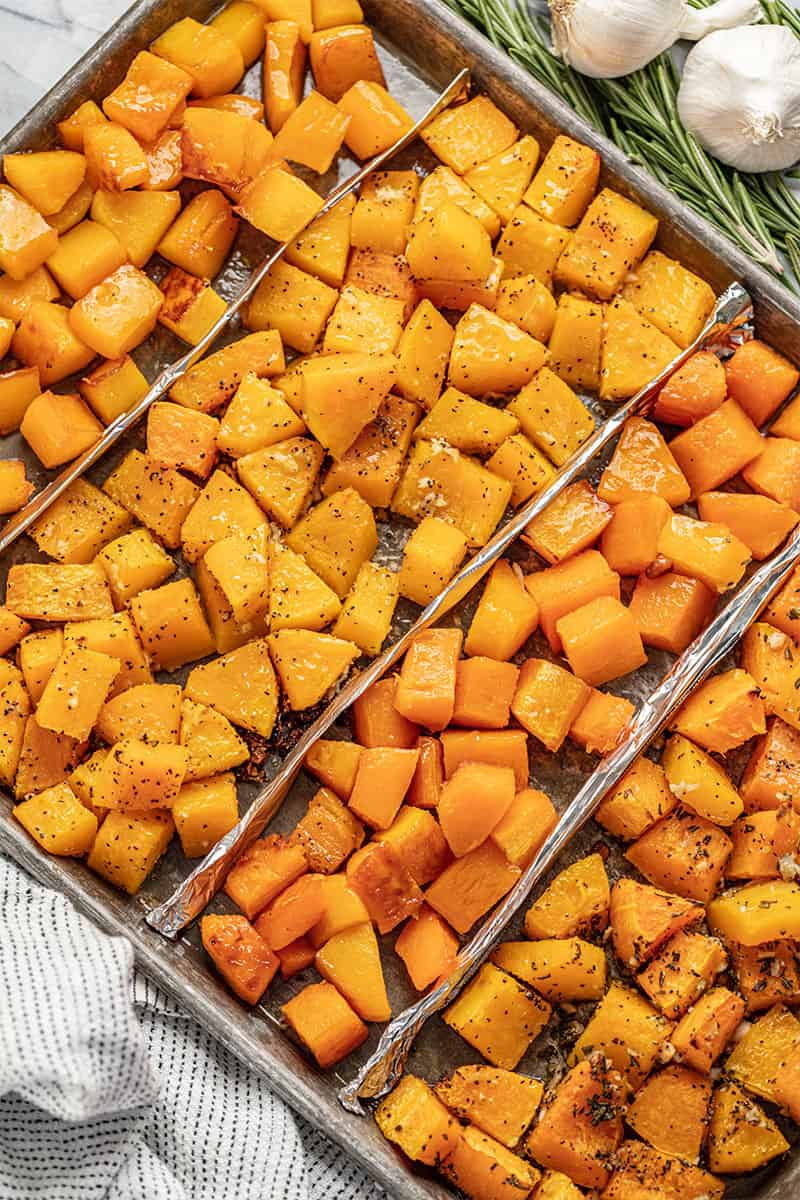
If you are a “seasoned” butternut squash aficionado, you will love the tips here for preparing the squash to be roasted. Sometimes cutting, peeling and removing the seeds is the most difficult part. This is an easy guide to that process, and to the simple process of roasting the squash. By cubing the squash, rather than roasting it in halves or larger pieces, we are able to get more of the surface area of the squash browned and caramelized. That is what brings out the amazing flavor of this champion crookneck pumpkin.
This is the ultimate recipe for roasted butternut squash. This simple recipe even includes help for cutting and peeling in addition to four different flavor options. It’s the only recipe you’ll ever need for this classic fall and winter favorite!
Easiest Way to Peel a Butternut Squash
- Use a fork to prick holes in the skin of the butternut squash. Microwave for 3 minutes on high, then let cool until you can easily handle.
- Use a vegetable peeler to remove the peel.
- Cut the butternut squash in half, lengthwise to split the butter nut squash open. Each piece will have the long, skinnier neck, and the bell shape at the bottom.
- Scrape out seeds from the bell portion and discard.
- Cut each piece to separate the neck from the bell.
- Dice the squash into 1-inch cubes
Frequently Asked Questions
Yes. Although the skins are technically edible after cooking, the exterior of the butternut squash is rather tough and is typically peeled away.
Microwaving softens the squash, making it easier to peel and cut, but you can skip this step if you have a good peeler and sharp knife.
Absolutely! Clean them, toss them with a bit of oil and salt, and roast them separately for a crunchy snack.
Yes, this recipe can also work well with acorn, kabocha, or delicata squash.
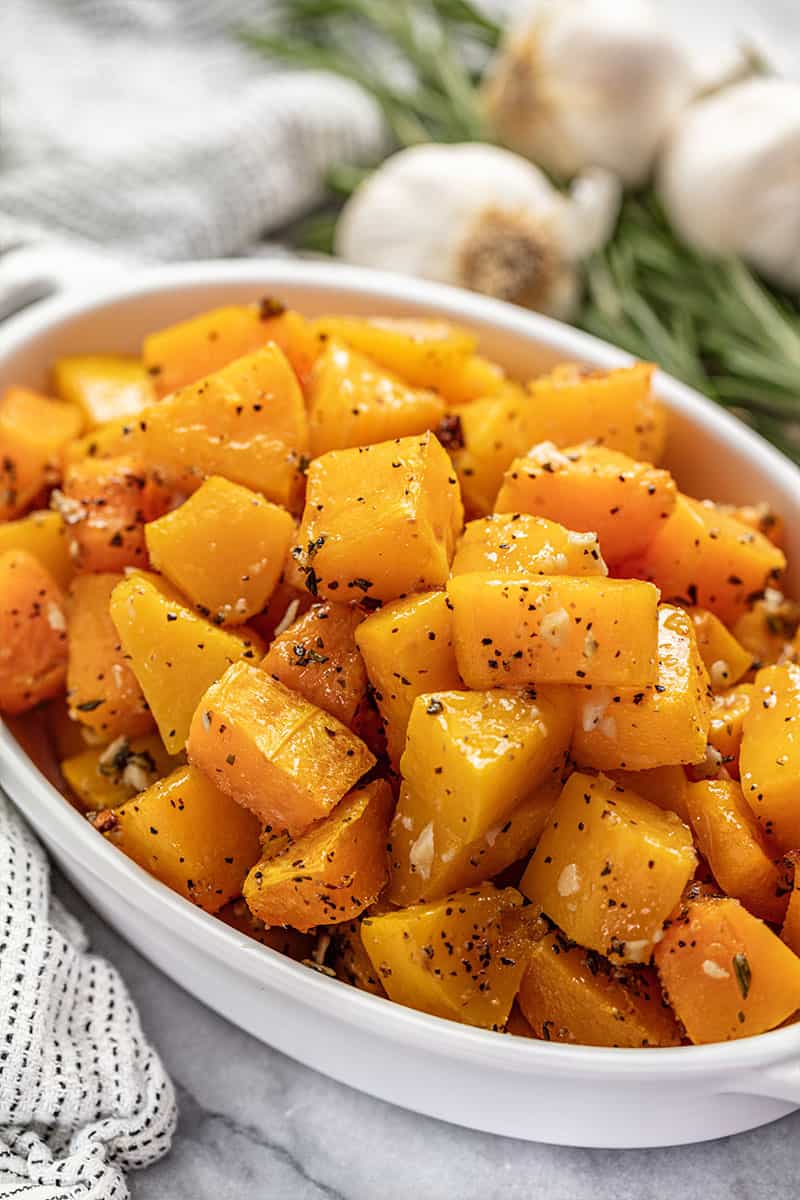
Flavor Variations
Garlic Roasted Butternut Squash: toss cubed squash with 2 tablespoons olive oil, 2 cloves minced garlic, 1 teaspoon salt, and 1 teaspoon pepper
Brown Sugar Roasted Butternut Squash: toss cubed squash with 3 tablespoons melted butter, 3 tablespoons brown sugar, and 1/4 teaspoon salt
Maple Roasted Butternut Squash: toss cubed squash with 1 tablespoon olive oil, 3 tablespoons maple syrup, and 1/4 teaspoon salt
Rosemary Roasted Butternut Squash: toss cubed squash with 2 tablespoons olive oil, 2 cloves minced garlic, 1 teaspoon salt, and 1 teaspoon pepper and either add 2 tablespoons minced fresh rosemary or 2 teaspoons dried
Storage and Reheating Instructions
Once your squash has cooled to room temperature, transfer it to an airtight container. It’ll be happy in the fridge for up to 5 days. Just make sure it’s not sitting cozy next to anything with strong odors—squash is a bit of a sponge when it comes to smells!
When you’re ready to reheat, you’ve got options. The oven is your best bet to keep that nice roasted texture. Just spread your squash out on a baking sheet, maybe give it a little drizzle of olive oil for good measure, and warm it at 350°F (175°C) until it’s heated through—that should take about 20 minutes. If you’re short on time, the microwave will do the trick; just cover the squash and zap it for a few minutes, stirring halfway through to ensure even warmth.
And don’t forget, cold roasted butternut squash makes a fine addition to salads or can be pureed for a soup, so feel free to get creative with your leftovers!
More Squash Recipes
Watch the video below where Rachel will walk you through every step of this recipe. Sometimes it helps to have a visual, and we’ve always got you covered with our cooking show. You can find the complete collection of recipes on YouTube, Facebook Watch, or our Facebook Page, or right here on our website with their corresponding recipes.

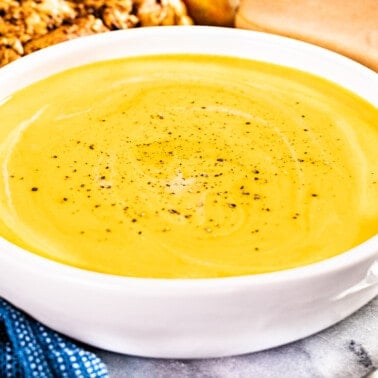
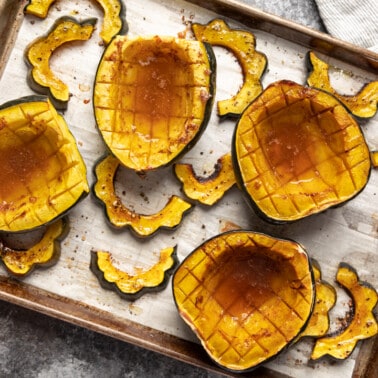
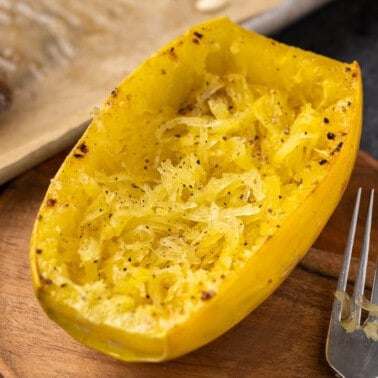
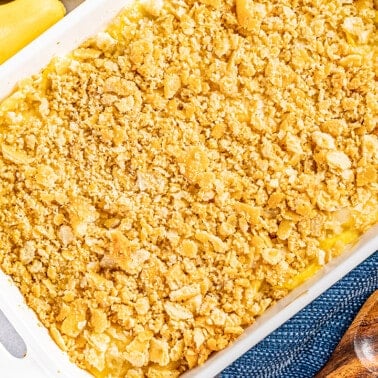

Delicious! I used the maple syrup version and loved it. I can’t wait to try each variation. The maple version had great flavor, pairing well with the butternut squash. I was worried that it might be too sweet but it wasn’t. I can’t wait to try the microwave trick with a whole squash, but my store only had the prepared and already cubed version of butternut squash. Thank you for a winner of a recipe. I will be making this often this winter.